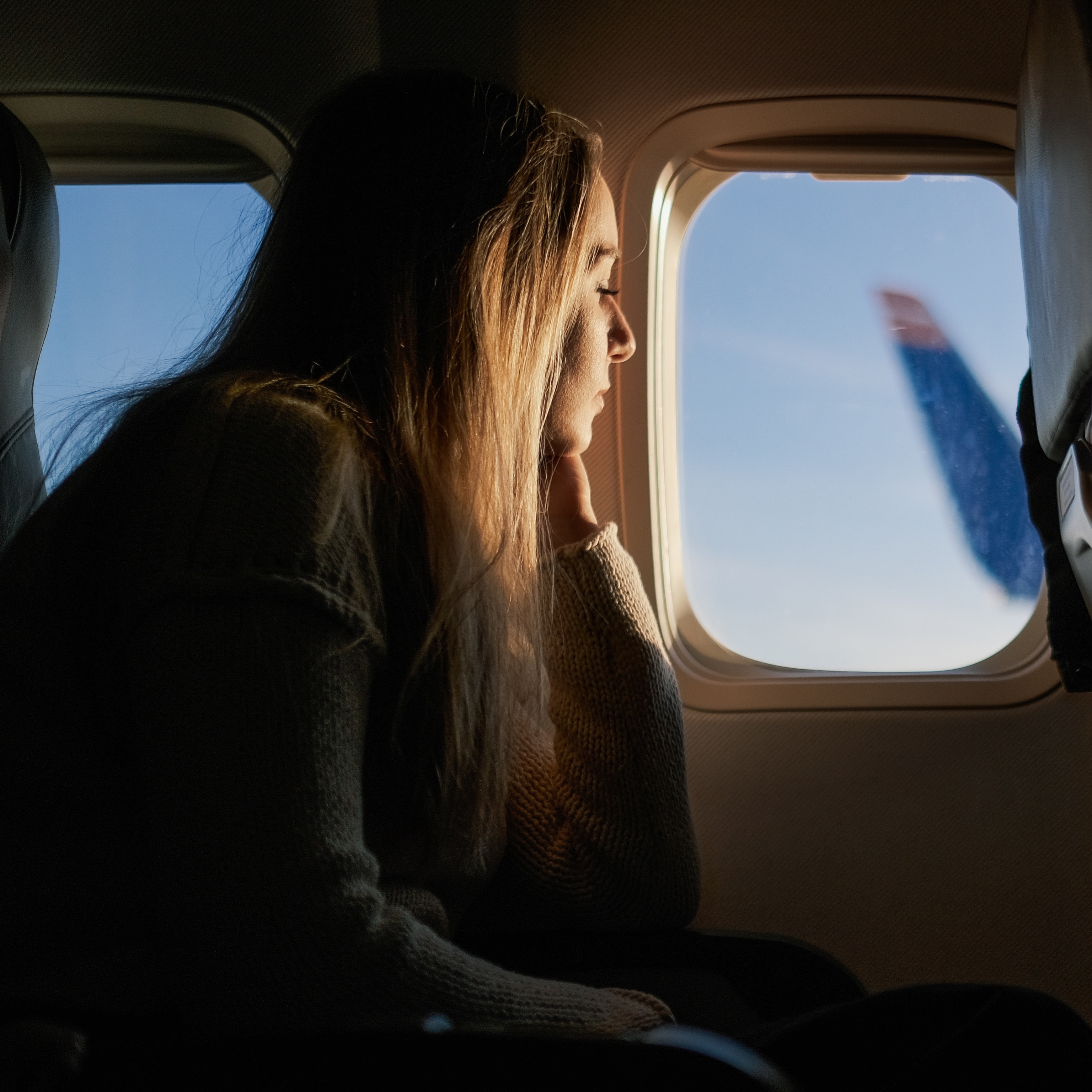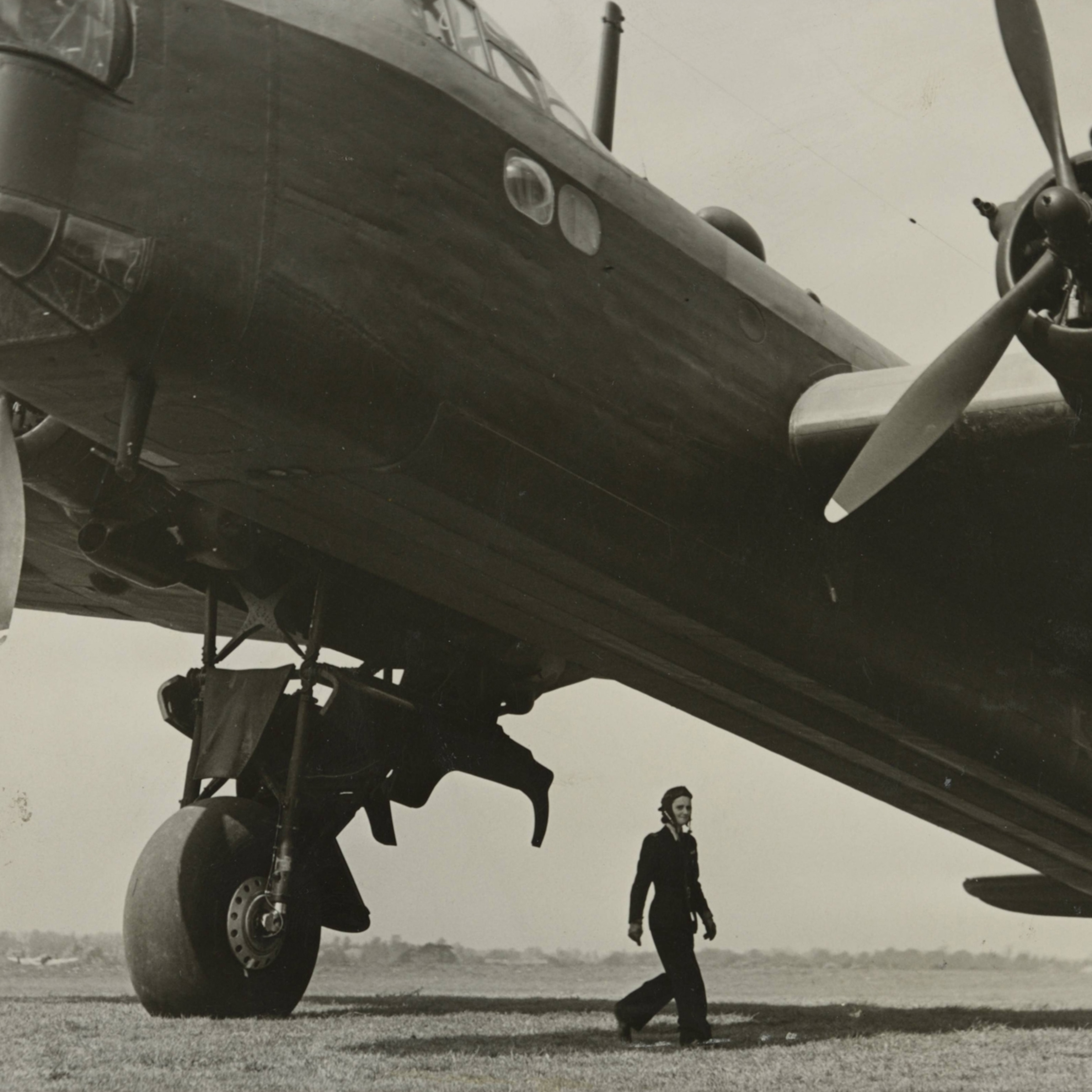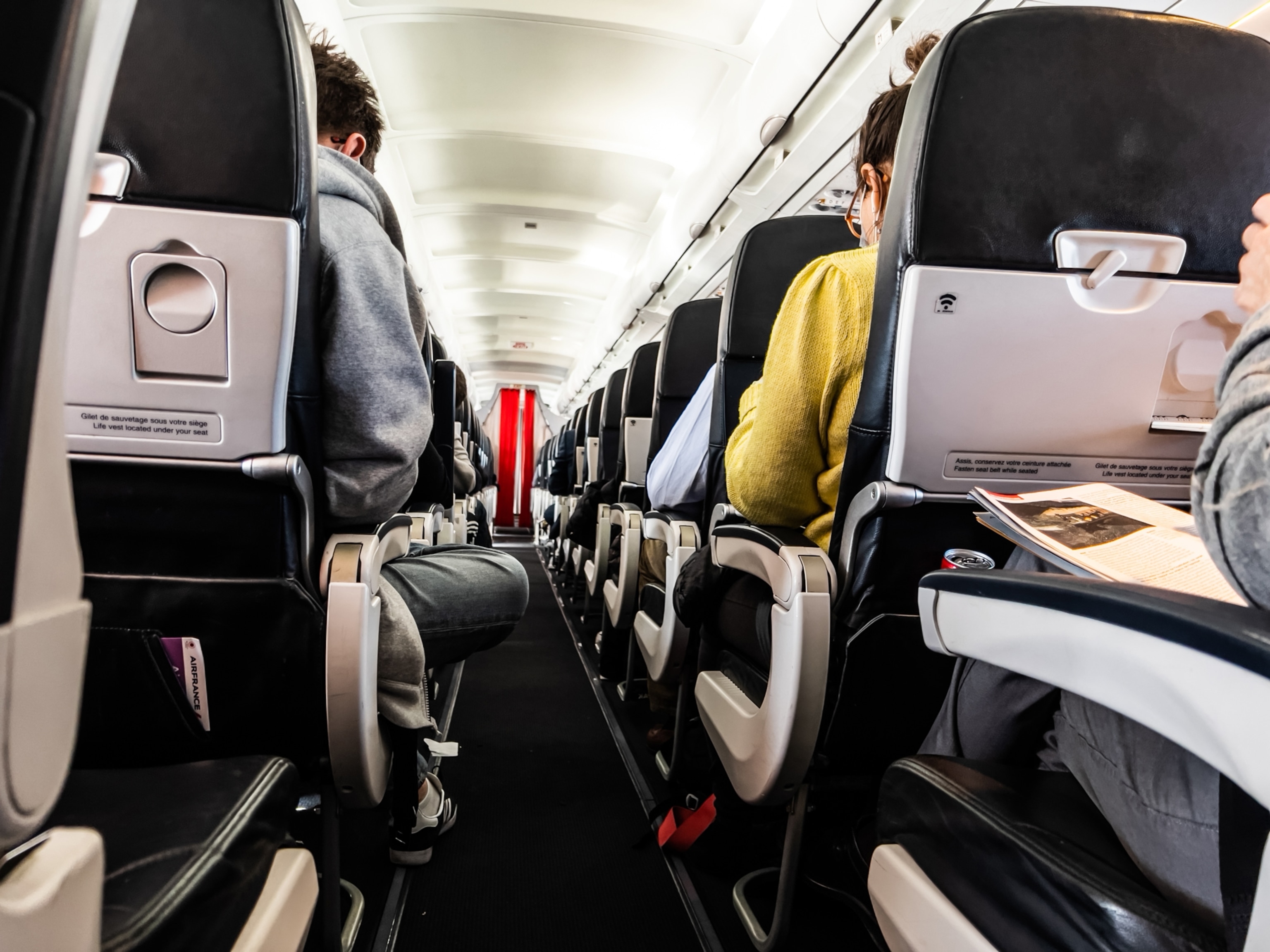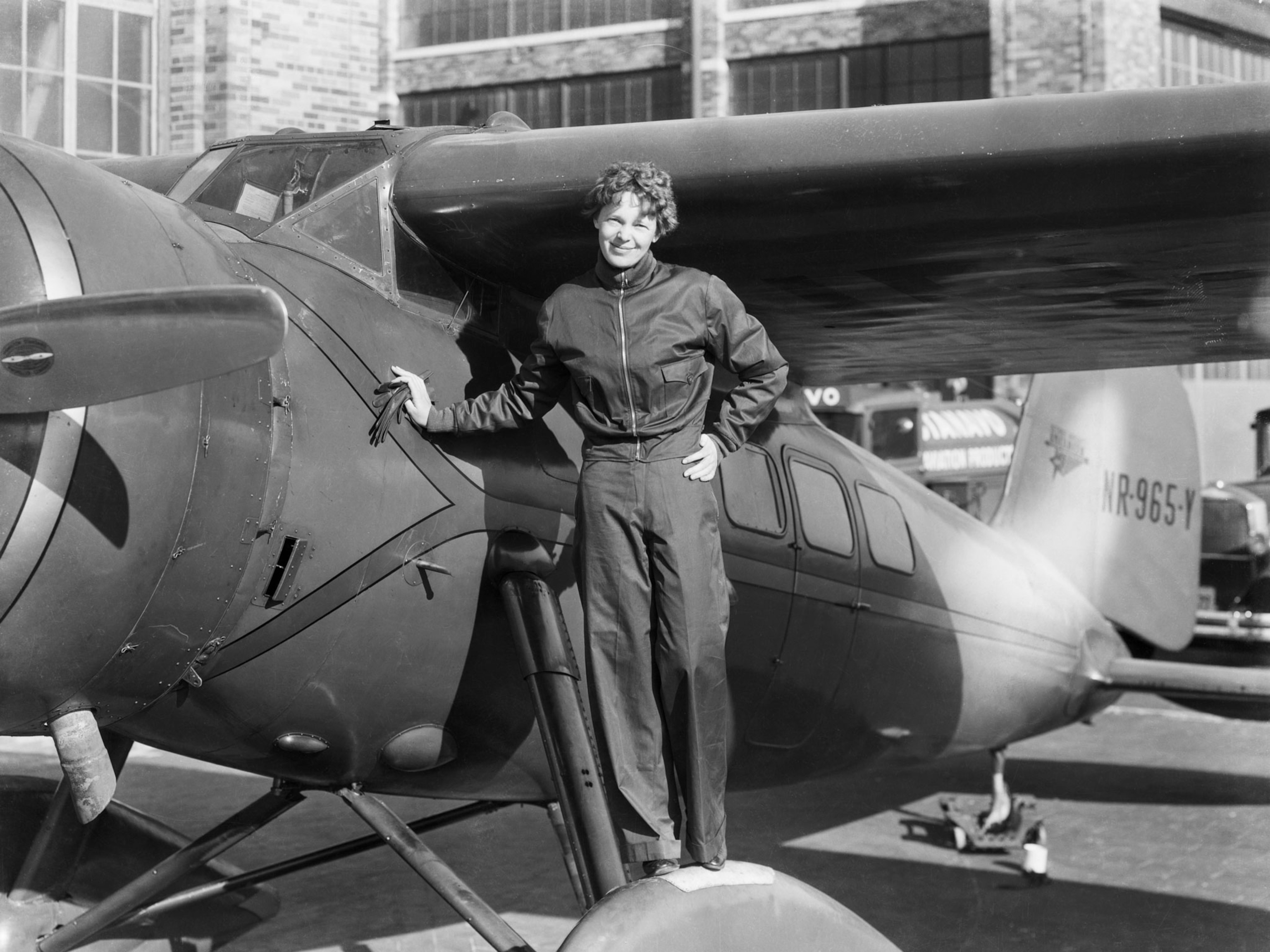
Could Malcolm Gladwell's Theory of Cockpit Culture Apply to Asiana Crash?
Best-selling book Outliers investigated links between Korean pilot behavior and accidents, but does that theory still hold?
On July 6, Asiana Airlines Flight 214 crashed while attempting a landing at San Francisco International Airport (SFO). Two people were killed in the Boeing 777 accident, and more than 180 of the 307 people on the flight were injured.
The weather was clear. The president and CEO of Asiana, Yoon Young-doo, told media that the plane did not have engine or mechanical problems. This has left officials to focus their attention on whether pilot error is the root cause of the disaster. (See "Q&A With a Pilot: Just How Does Autopilot Work?")
Since the airline involved, Asiana, is based in Korea, some observers have asked if the crash might have a cultural connection, as discussed in a chapter in the 2008 bestseller Outliers by author Malcolm Gladwell. In the book, Gladwell pointed out the poor safety record of Korean Air—the Asian country's largest carrier—in the 1980s and 1990s, including several fatal crashes.
Gladwell did not return a request for comment, but in summarizing his ideas for Fortune magazine in November 2008, he said Korean Air's problem at the time was not old planes or poor crew training. "What they were struggling with was a cultural legacy, that Korean culture is hierarchical," he said.
"You are obliged to be deferential toward your elders and superiors in a way that would be unimaginable in the U.S." he added. That's dangerous when it comes to modern airplanes, said Gladwell, because such sophisticated machines are designed to be piloted by a crew that works together as a team of equals, remaining unafraid to point out mistakes or disagree with a captain.
To Gladwell, this may have explained why Korean Air Flight 801 crashed into a hill while on approach to an airport in Guam in 1997, killing 223 people. In addition to a series of misfortunes, including bad weather, an offline warning system, and outdated charts, the co-pilot was afraid to question the poor judgment of the pilot, wrote Gladwell—a fatal mistake.
Similarly, Gladwell assigned blame for the 1990 crash of Avianca Flight 52 in Long Island, New York, to human error caused by cultural differences. The plane ran out of fuel while circling JFK, leading to 73 fatalities. The pilots of the Colombian airline did not assert themselves enough with air traffic control when communicating that they were running out of fuel, wrote Gladwell.
Gladwell argued that in Colombia, as in Korea, cultural norms tended to dictate that people avoid directly questioning authority—in this case, the authority of controllers who had asked the Avianca plane to keep holding.
The National Transportation Safety Board (NTSB) declined to comment on whether cultural factors could have been involved in the crash of Asiana Flight 214 on July 6. A spokesperson for Asiana also declined to comment, suggesting reporters speak with the NTSB.
Korea's Improving Safety Record
Writing in Slate, Patrick Smith—a pilot himself—wrote, "Whatever happened on final approach into SFO, I highly doubt that it was anything related to the culture of Korean air safety in 2013."
Smith acknowledged that Korean carriers had safety problems in the past. "But Korean aviation is very different today, following a systemic and very expensive overhaul of the nation's civil aviation system," he wrote.
According to Gladwell, that overhaul process included cultural reorientation inside the cockpit, to encourage crew to speak up about any perceived dangers and to voice concerns in plain language—not overly polite, mitigated speech that could be interpreted as vague. Staff was also tested for English proficiency, as the language has become the international standard in aviation.
Those efforts paid off, according to Smith, who noted that a 2008 industry assessment ranked Korean airlines as among the safest in the world.
"As they should be, Koreans are immensely proud of this turnaround, and Asiana Airlines, the nation's number two carrier, had maintained an impeccable record of both customer satisfaction and safety," wrote Smith.
He added that fatal plane crashes overall are increasingly rare. This month's accident was the first multiple-fatality incident in the U.S. involving a major airline since November 2001, Smith noted.
Flight 214: A Pilot in Training
Terry Williams, a spokesperson for the NTSB, told National Geographic that it is too early in the investigation into the Asiana Flight 214 crash to make any conclusions about the cause.
Still, the NTSB has released preliminary findings from the flight data and cockpit voice recorders to the media that indicate the plane was approaching SFO's runway well below the target landing speed of 137 knots (157 mph). Autopilot had been disengaged at 1,600 feet (488 meters).
According to the NTSB, the pilots tried to gun the engines seven seconds before impact. Four seconds before impact, a stall warning sounded, meaning the airplane wasn't generating enough lift. At 1.5 seconds, the pilots tried to scrap the landing and go around for another attempt, but they didn't make it.
The plane seems to have hit a seawall directly in front of the runway. It then skidded down the tarmac, depositing debris along the way.
Media reports have played up the fact that the pilot said to be at the craft's controls during impact, identified as Lee Gang-guk, was being trained on the Boeing 777, according to Asiana. Gang-guk had reportedly completed only 43 hours behind the stick of that craft, although he had logged more than 10,000 hours of flight time overall.
Anthony Philbin, a spokesperson for the International Civil Aviation Organization, told National Geographic that such a training arrangement is common on commercial flights. "In a line-training scenario it is quite normal for the learning pilot to do half of the landings required," he said.
"This method of training is used by every airline in the world."
Smith also disputed the argument that SFO's narrow, crowded runways were to blame. That's a condition pilots train for, he noted.
Philbin said he couldn't comment on any cultural forces that may have been at work in the Flight 214 cockpit, and he pointed to the pilot's long safety record overall. South Korean officials told the Associated Press that another pilot on the flight, Lee Jeong-min, had 12,390 hours of flight experience and 3,220 hours on a 777.
According to the NTSB, investigation into the crash and aftermath will continue. It's unclear whether the agency will consider possible cultural questions.
Gladwell has written that planes actually tend to be safer when a less experienced pilot is flying while supervised by a more experienced one. When the reverse is true, he writes, a junior officer is less likely to speak up about potential mistakes or problems.
Follow Brian Clark Howard on Twitter and Google+.







